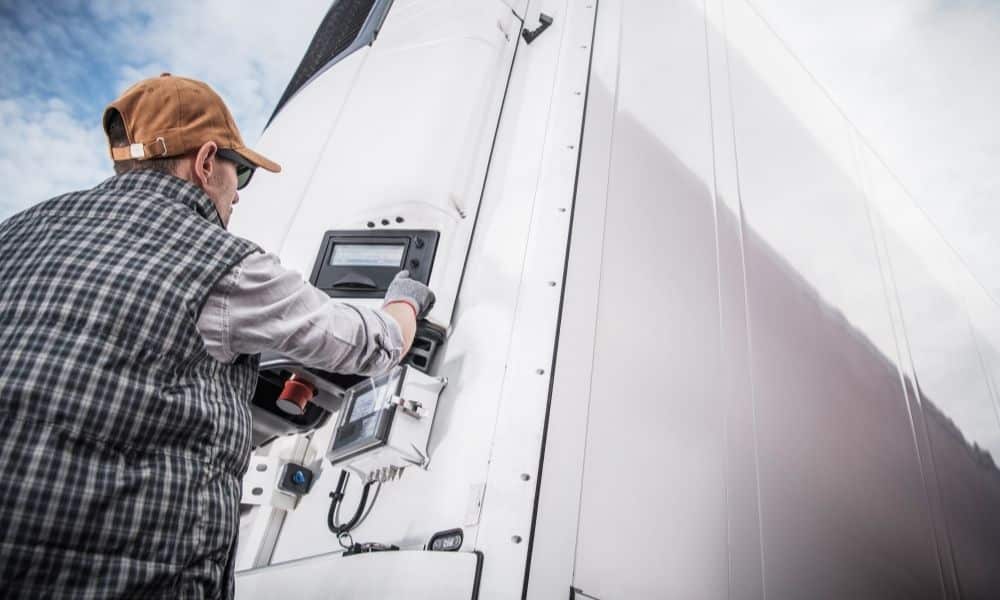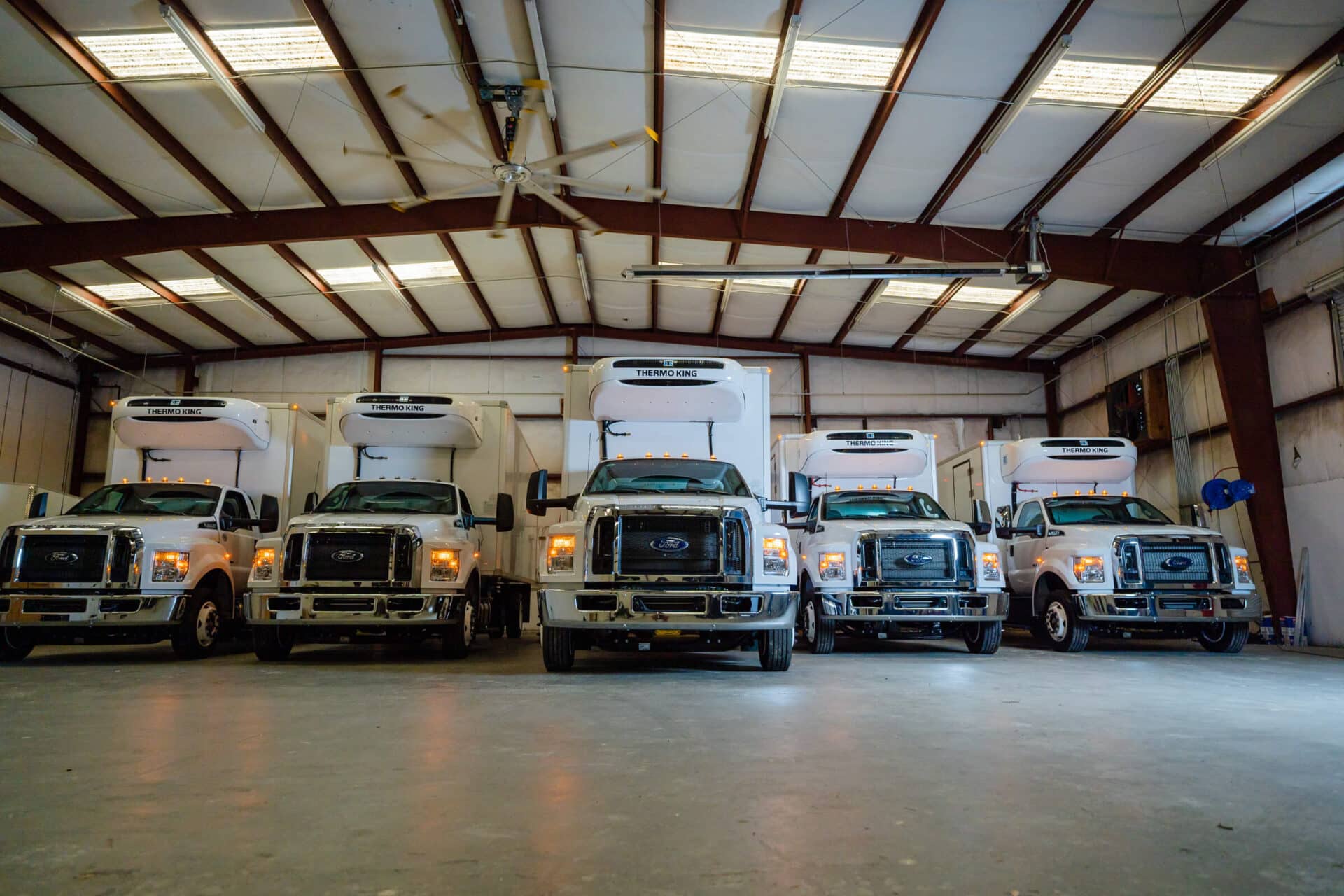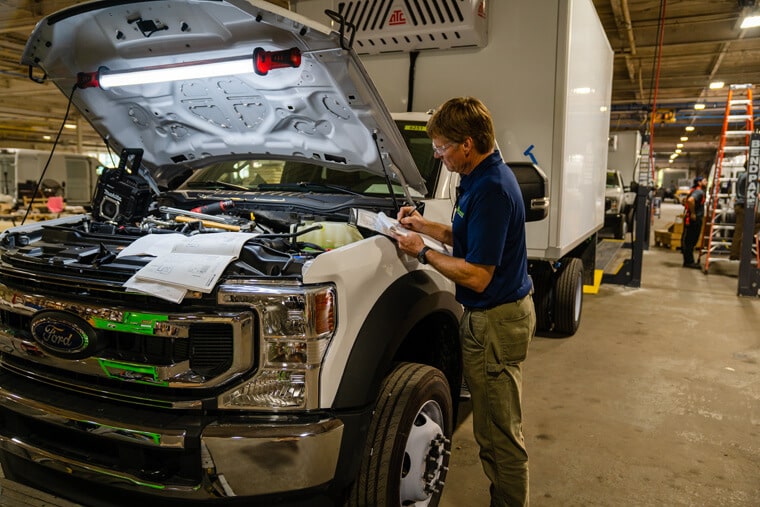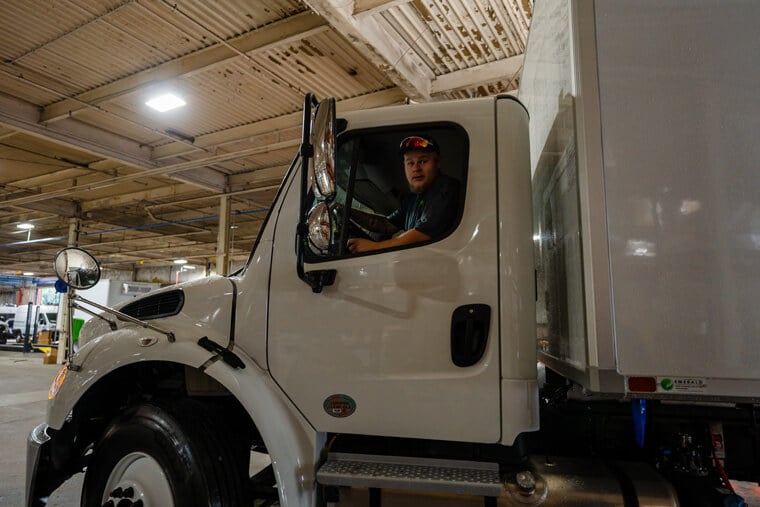
Refrigerated Trucks and Vans for Safely Transporting Vaccines
Joe Dickman | February 1st, 2023
Transporting vaccines is a delicate matter. Many types of vaccines, including those for COVID-19, must be maintained at certain temperatures during transport. The cold chain, or refrigerated supply chain, is critical in the transportation of vaccines from the production site to the end user. Vaccines must stay within the manufacturer’s prescribed temperature range throughout the delivery and storage process to ensure product quality and potency. There are multiple transport options that are used within the cold chain to accomplish this, via air, water, rail, or roadways. Each of these may come into play, depending on geographic shipping requirements. Besides temperature control, these transport options often feature remote temperature sensing and vehicle GPS tracking, through cellular or satellite telematics devices, to monitor performance and ensure security and quality compliance.
In February 2021, the American Society of Heating, Refrigerating, and Air-Conditioning Engineers (ASHRAE) put together guidelines describing and recommending various options for the refrigerated transportation and storage of safe vaccines. If your business is invested in, or considering adding the service of, vaccine transport, here are the highlights from ASHRAE’s study as they relate to ground transportation:
Refrigerated Trucks and Trailers
A wide range of refrigerated transport carriers and capacity sizes are available for over-the-road transportation of vaccines. Truck systems range in box sizes from 3.5 to 9.5 meters, while trailer systems are generally larger, in the 12 to 16 meter range.
What makes a refrigerated truck or trailer refrigerated is its use of onboard power generation for autonomous operation. In order to keep vaccines at proper temperature during transport, a diesel engine vehicle will provide power to the refrigerator via independent fuel systems that provide power directly or by using an onboard generator. Other refrigerated trucks will use a generator mounted to the engine to provide power to refrigeration components. A benefit of fully electric trailer systems, or direct systems equipped with a standby motor, is that they can utilize standby plug-in power when not in transport, which could make them effective for on-site storage of vaccines. Emerald Transportation Solutions can guide you through all these options and help you select the appropriate choice for your specific vaccine transportation needs.
Typical temperature control in refrigerated trucks and trailers ranges from -30°C to 30°C in a space with ambient temperature of up to 50°C, making them suitable for all but ultra-low vaccine requirements. Most units are up-flow, with conditioned air directed out of the top of the unit, and return air from the bottom. Some carriers use air chutes or other means of directing airflow to the back of the container to improve temperature distribution, depending on the product loading configuration. Emerald Transportation Solutions can review your configuration with you to determine which type of flow is best suited for your needs.
Small-Scale Delivery Vehicles
Small delivery vehicles are typically used for local short-distance deliveries. There are multiple configurations available for smaller refrigerated trucks or vans. Some systems use a compressor driven from the main vehicle, with refrigerant hoses connected to the refrigeration unit. Others use a generator driven from the vehicle, with electric power provided to the refrigeration unit. The team at Emerald Transportation can help you decide which option is best for your intended vaccine transport. Each configuration allows temperature control ranges from -29°C to 30°C in a space with ambient temperature of up to 50°C, also making them suitable for some vaccine storage conditions.
Thermal Storage Packaging
Refrigerated transports can also support insulated vaccine packaging which use either dry ice for ultra-low temperature applications or thermal storage for typical low-temperature applications. Storage of such vaccine packages in refrigerated containers at -30°C can effectively extend the life of dry ice by reducing sublimation rate vs. storage in room-ambient conditions. This could reduce the re-loading of dry ice or other thermal storage, lowering costs and logistics requirements, along with minimizing temperature variation from frequent package openings.
Many rules are in place to ensure that you are following the best practices for transporting vaccines. At Emerald Transportation Solutions, we are here to guide you in understanding vaccine transport regulations and which vehicle would best meet the requirements for the specific vaccine you will transport. We aim to provide the top service vehicles for all of your professional delivery needs. Let us know how we can help your business with vaccine transportation.
Related Articles
Contact Us
Feel Free To Contact Us If You Have Any Questions
What does under DOT mean?
Questions regarding DOT requirements come up often. 10,000 lbs GVW (gross vehicle weight) and over are commercial vehicles that fall under the Department of Transportation regulatory requirements.
What is the difference between GVW and payload?
GVW or Gross Vehicle Weight is the entire weight of the vehicle including the payload. The payload weight represents the amount of cargo you are hauling.
What is a self-powered unit and a vehicle-powered unit?
A self-powered unit has its own fuel source and will run independent of the truck. This is the heaviest and most expensive option. While vehicle-powered units run off the engine via a compressor mounted on the engine. These are less expensive and lighter in weight but you must run the truck or plug the electric standby into shore power.
What does K-factor mean and why is that important?
K-factor is a term that stands for the overall insulating value of the container (truck body). Quite simply the lower the K-factor the better the truck body will be able to maintain a given temperature and require less energy to do so.
How much lighter is a Poly Van vs a US spec body?
Poly Van bodies are very light. On average we estimate we are 75-150 lbs per foot lighter than a traditional sheet and post foamed in place body. These weight savings translates to less fuel burn and less CO2 emissions, along with added payload, the most important benefit.







